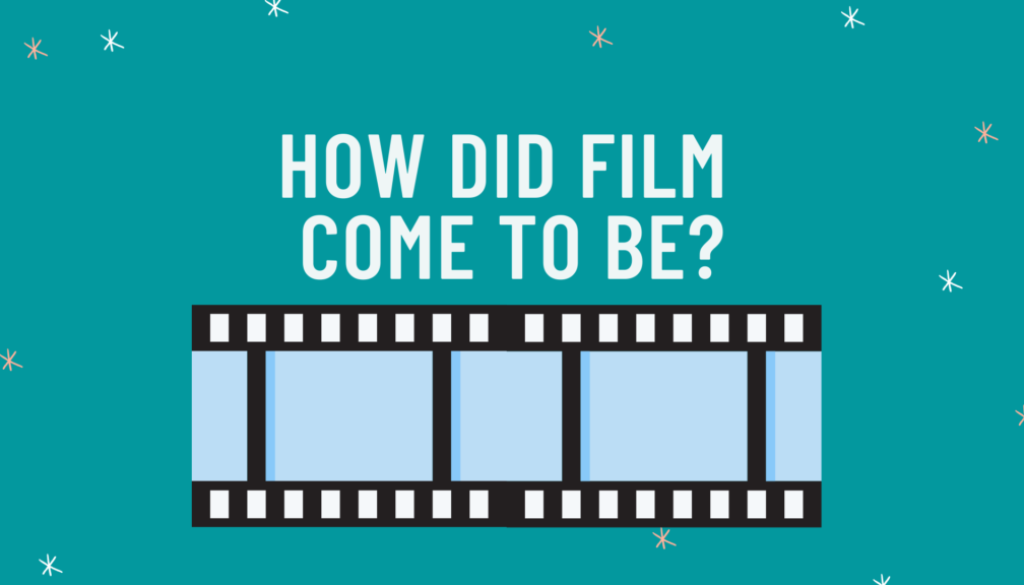How did films come to be?
How was film created?
Filmmaking techniques and styles vastly improved throughout the silent era (i.e. 1890s to the 1930s). The techniques change both how films were created and viewed, while the style of filmmaking became longer, more complex, and more storytelling focused due to advances in technology and thought-process.
The main source of this improvement was a series of happy accidents that produced the first version of the camera or the kenetigraph and the first version of the projector – the kinetoscope. These were amazing inventions at the time because they introduced the world to motion pictures. However, there were many challenges with them as well, mainly that they were heavy and static, kenetigraphs required lots of light, and kinetoscopes were only available to one person at a time for viewing. Another issue – the film couldn’t be edited. The second version of the camera, invented by the Lumiere Brothers solved these challenges by creating a two in one motion capture and projection device called the Cinematographe. The device was light enough for one person to carry, had a hand crank, and could be used with a 35 mm film. When they revealed it in Paris in December 1895, it became a huge hit for being able to convey the illusion of reality to a mass audience for a communal experience. However, this camera couldn’t handle longer films – thus the third camera came into existence. The Vitascope solved the main problem of the Cinematographe by preventing the breaking of film strips by using the Latham Loop. Edison patented this machine and began using it for profit.
The styles of films also improved significantly to become longer, more complex, and more narrative. The first decade of filmmaking is considered the “Cinema of Attraction” where people were awed by the newness of the technology. Georges Melies, a magician, learned how to edit by using in-camera effects such as double exposure, split-screen, matting. He used these techniques to create the movie, “A Trip to the Moon” which follows the journey of a group of scientists to the moon and their adventures. It was one of the longest and most complex pieces of cinema made at the time. Alice Guy-Blache was the first female filmmaker who made her mark by using techniques such as color tinting, rudimentary sound, and pictures sink. Edwin S. Porter used cross-cutting or parallel action in his work to create more complicated narratives such as in “The Life of American Fireman” and “The Great Train Robbery.” Griffith created the first feature-length films at the time and is best known for the very controversial “The Birth of a Nation,” which inspired future longer films, but was very racist in its storytelling.



